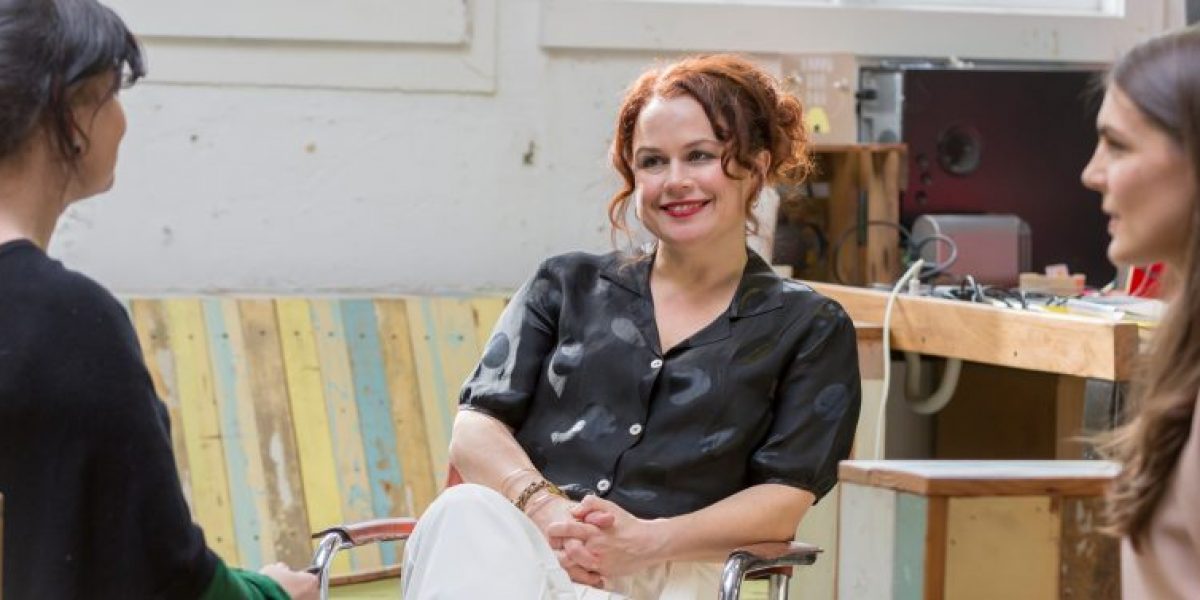Why diversity and inclusion is important for New Zealand businesses
Tania Domett is the founding director of Cogo, a research agency with extensive experience in measurement and evaluation. Cogo works with a range of clients from the private, public and not-for-profit sectors, delivering insights that organisations find useful and that provide them with clear direction. Cogo has just launched Diversity Counts, a research tool that calculates ten dimensions of diversity in the workplace. Diversity Counts uncovers the multiple dimensions of diversity within your organisation, helping you to develop your Diversity & Inclusion (D & I) strategy, monitor progress towards achieving your D & I goals, identify areas for improvement, and action policy change. Tania will be a keynote speaker at Journey to Excellence on Friday 18 October 2019, so we caught up with her:
Why is diversity and inclusion important for New Zealand businesses?
I could give you a million reasons. Here’s just one. To improve leadership and commercial decisions. Leadership in New Zealand – particularly in private companies – is mostly old, white, male, heterosexual and able-bodied. And these guys must be struggling to make commercial decisions in an environment that is anything but, whether we’re talking about decisions affecting their workforce or their customer base. New Zealand’s ethnic diversity is increasing (the 2013 census recorded 213 ethnicities), one in four of us have a disability, technological innovation is a constant. We need to be actively growing leaders from a range of demographic backgrounds and life experiences who are at ease with the new reality and are better placed to respond to it strategically. We still need the old, white, straight men – diversity and inclusion is about enabling a range of views to be heard and theirs are part of the picture – but they need some help. Fortunately, most New Zealand businesses realise this and are starting to get their D & I act together.
What’s the biggest hurdle you have faced in your career?
My first office job, let alone corporate job, wasn’t until I was 39. I was like a fish out of water – the language alone was completely foreign to me.
How did you overcome it?
I tried to be all professional and corporate and buttoned down. It didn’t really work, so I stopped. Sometimes I worry that the “authentic self” I bring to work is a little too authentic for some, but so far so good.
What advice would you give your 16-year-old self?
Have a plan. I was purely reactive to the opportunities that came my way and unfortunately not many did – I pretty much coasted through my 20s. I sometimes wonder what I’d be doing now if I’d worked out earlier what I wanted to achieve with my life and had set about making my own opportunities. I did have a lot of fun though and maybe when I’m ancient and crumbling in the retirement home, I’ll think that was the best use of my time back then.
How do you balance family and work?
Don’t be silly, there’s hardly a woman alive able to do that!
What are the top 5 traits of a good leader?
1. They’re fine with not having all the answers and accept that others will at times have better ideas than they do.
2. They muck in and don’t ever expect people to do something they wouldn’t do themselves.
3. They’re open to new ideas, especially those coming from unexpected places.
4. When things go wrong, they take accountability. They accept their share of the blame and never throw their people under a bus.
5. They support and mentor others to become good leaders.
What advice do you have for negotiating a pay rise or a promotion?
Do your research and find out what the labour market’s doing. What other opportunities are out there that you could have a swing at and what are they paying? It will give you a good steer on how much money to ask for, but it will also give you a cooler head during the negotiations – knowing you have options will make you less needy and less likely to accept less. Also, try and find out what your colleagues in similar roles are earning (especially the blokes).
What’s the number 1 thing that a company that wants to start operating under a culture of equality of opportunity could start doing tomorrow morning?
First things first, what would a culture of equality of opportunity look like? It would probably look like good levels of demographic diversity at every single level in your workforce. So the number one thing you need to do is start measuring diversity and measuring it properly – you can’t just look around the room and make a wild guess. Have a good look at that D & I strategy you’ve probably invested a great deal of time and money in developing, bring in some external expertise and find out if it’s working. Well, I would say that wouldn’t I?
Check out our line up for the next Journey to Excellence here.

